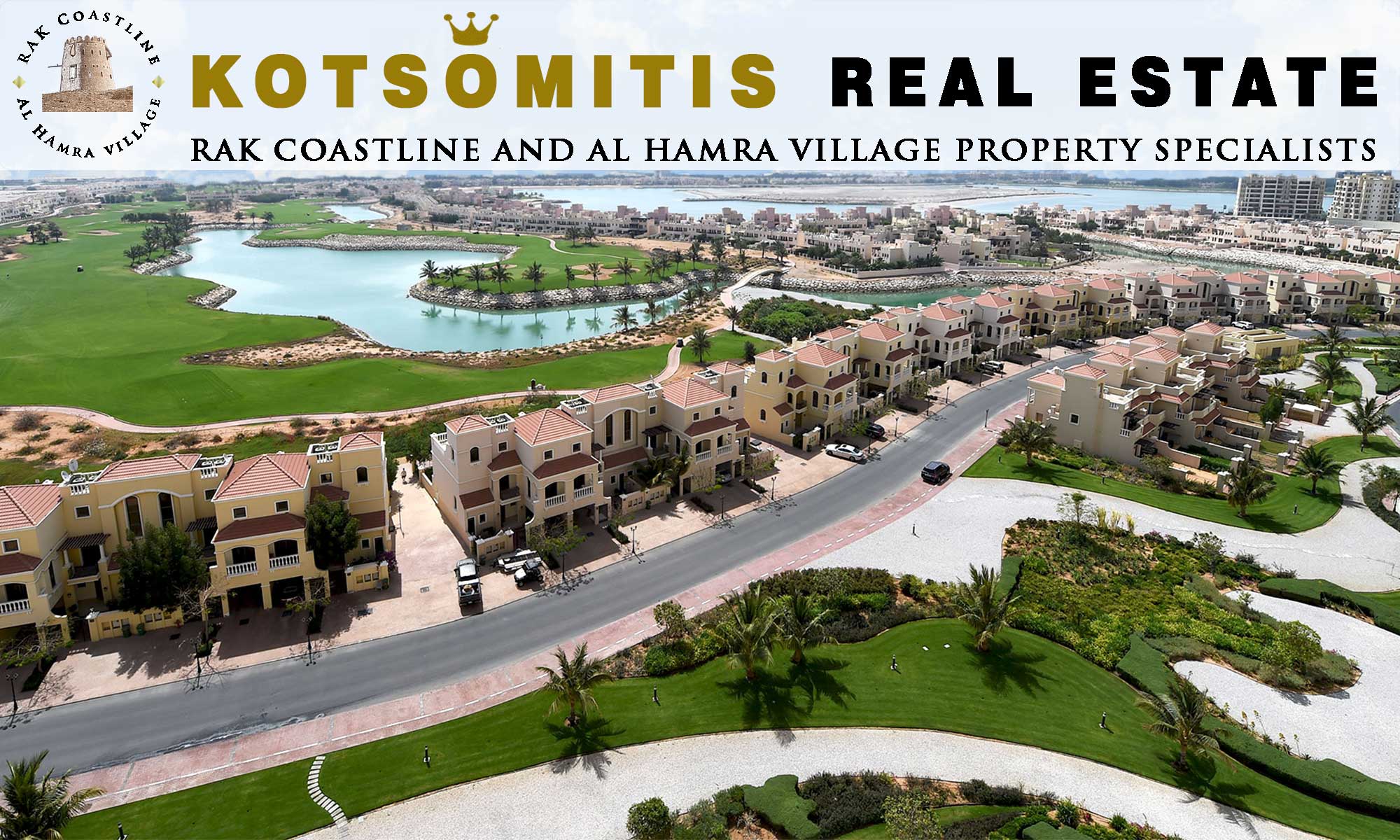Ras Al Khaimah has an impressive archaeological heritage and a rich cultural history. It has attracted settlers with its unique combination of the four different landscapes found in the UAE which are: the desert, fertile plains, striking mountains and coastal beaches and mangroves.
The interaction of these diverse landscapes coupled with Ras Al Khamiah’s strategic location at the entrance to the Arabian Gulf, has shaped the very special heritage of Ras Al Khaimah. Archaeological excavations prove that an advanced civilization that practiced trade has existed here since 5,000 BC.
This rich history which dates back to the Bronze Age means that Ras Al Khaimah is one of the few places in the world which has been continuously settled for over 7,000 years. RAK has been previously known through the ages as Julfar, Majan or Al Seer. It has remained throughout antiquity as one of the most significant trade centers and markets in the region. Its position at the most trafficked maritime crossroads meant that the Emirate was known to traders throughout the Gulf. Records show that inhabitants from Ras Al Khaimah traveled as far as Bombay, Zanzibar and China as early as the 10th Century.
RAK has a number of historical sites and ancient ruins which date back to the 13th Century AD. RAK’s forts and museums display the Emiratis proud heritage. History enthusiasts find that RAK is blessed with a treasure trove of archeological sites, all within easy reach, waiting to bring the past centuries to life.
The Emirati Culture
The UAE has a diverse and multi-cultural heritage. Emiratis are well-known for their rich tradition of welcoming all other nationalities. Today, UAE is home to many different nationalities from all over the world.
It is fascinating that the Emirati native values, heritage and culture continue to thrive notwithstanding the modern infrastructure, facilities and the liberal lifestyle.
Islam is the principal religion in UAE (followed by 96% of the local population) and local customs and traditions are influenced to a great extent by this religion. The UAE is, however, an open society which is tolerant to other religions and which seeks to promote the best in its traditions and customs so that the nation remains vibrant and attractive to all.
Politeness and courteous behaviour is very much visible when dealing with other people.
As per the local UAE custom, men wear the dishdasha or khandura which is a white full-length shirt-dress. It is worn with a white or red-checkered headdress which is known as a gutra. Women in the UAE wear the black abaya which is a long black robe that covers their clothing and they also wear a headscarf in public.
Tourists and foreigners residing in the UAE can dress as they please (including bikinis on the beach). However, they are expected to respect the local custom and tradition of the UAE and maintain modesty in appearance in public places.
The UAE in general and Ras Al Khaimah in particular are well-known for their folklore, folk dance, folk music and other traditional and popular art forms which reflect the social, ethical and aesthetic values of the community.
Although Arabic is the official language of the country, communicating in English is not a problem in the UAE. Most signs appear in both the Arabic and English languages.
